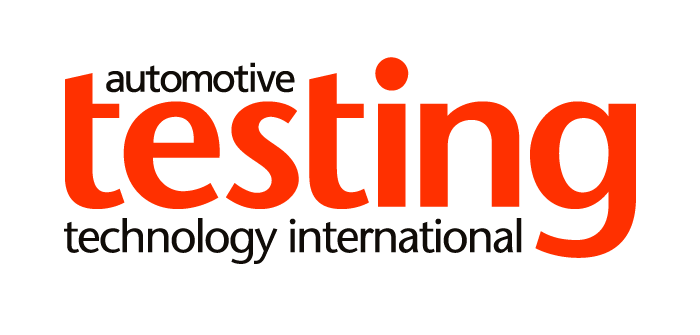As a member of the Automated Vehicle Safety Consortium (AVSC), Toyota, along with other leading manufacturers, has a responsibility to develop and test new safety standards. The AVSC combines SAE Industry Technologies Consortia (SAE ITC) and aims to deliver industry-wide standards for automated driving systems.
The consortium helps develop safe, reliable, high-quality vehicles so that governments and the general public can learn to trust the technology. As such, the consortium has released a best-practise training and oversight guide that outlines how human drivers will remain responsible for safety during tests on SAE Level 4 and 5 research vehicles.
The best-practise guide looks closely at the training and qualifications human drivers need to test automated driving systems (ADS), and provides information on driver selection, basic training, ADS training, driving on public roads, and periodic re-evaluation of the driver’s skills.
Drivers will be chosen based on their experience, as well as a driving evaluation, psychological aptitude, and they will also undergo criminal background checks. Drivers selected for the program will build their skills gradually in controlled and interactive environments. Study topics will include experience with new ADS sensor technologies, system behavior, trust, communication, and familiarity with the human/machine interface.
Drivers will begin training on closed courses before progressing to public roads under supervision. The focus will be on introducing a safety-first culture through continuous improvement.
“Establishing an agreed-upon set of written principles for driver safety training is an important step to help guide the development and testing of SAE Level 4 and 5 vehicles,” said Dr Edward Straub, executive director of the AVSC.
“Through collaboration among the leaders in mobility, the AVSC is able to accelerate the creation and adoption of best practises that help support safe development and deployment of automated vehicles.”


